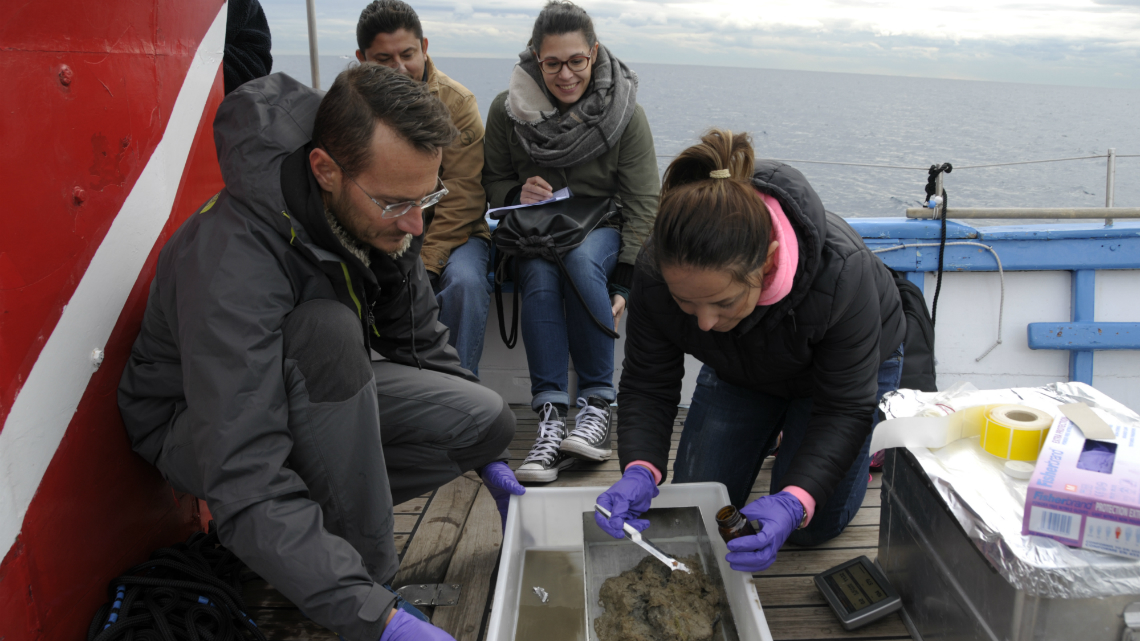From 30 October to 10 November 2017, the IAEA Environment Laboratories in Monaco held two hands-on training courses for Mediterranean scientists on techniques to measure and monitor pollutants in the marine environment. These courses, part of ongoing work with UN Environment (UNEP) on the Mediterranean Action Plan MED POL, UN Environment’s programme on pollution in the Mediterranean, are the latest activities in a collaboration which has spanned over 40 years.
During the two-week period, the IAEA hosted scientists from Mediterranean countries and provided a combination of both theoretical and practical training, which included sessions on sampling and analytical methods, in biota such as fish or mussels, for organic pollutants like chlorinated pesticides and petroleum hydrocarbons, and inorganic pollutants such as metals like mercury and cadmium.
UN Environment and the IAEA started working together in 1973 with the organisation of an interlaboratory comparison (ILC) on trace metals (e.g. mercury, cadmium and lead), and was followed by one on chlorinated pesticides (e.g. DDT) in 1976.
“Marine pollution is a massive problem threatening the well-being of billions of people across the globe” said David Osborn, Director of the IAEA Environment Laboratories, during his remarks to the MED POL trainees. He added that “to address this challenge, international organisations, such as the IAEA and UN Environment, must work collaboratively and in partnership with both Member States and the private sector.”
In 1986, the IAEA set up the Marine Environmental Studies Laboratory within the Environment Laboratories to act as a specialised coordinating centre for the Regional Seas Programmes and to be the regional analytical centre for the Mediterranean Action Plan MED POL. The IAEA and UN Environment developed together a comprehensive and interactive strategy to enhance the capacities of Mediterranean laboratories responsible for environmental and marine monitoring. This included fostering scientific networks in order to address marine pollution issues.
Since the beginning of this collaboration with UN Environment, the IAEA, with its Environment Laboratories, has jointly organised to date 56 training courses and 34 Proficiency Tests with representatives from the majority of Mediterranean countries to strengthen pollution monitoring in the region. Thanks to this cooperation again, 57 recommended methods for the analysis of trace elements and organic pollutants in marine samples were developed, in association with UN Environment and the Intergovernmental Oceanographic Commission of UNESCO (IOC-UNESCO). In the past 40 years, the IAEA has jointly conducted 33 extended Quality Assurance missions to check and improve the quality of contaminant analyses, 93 instrument service missions, and installed new instruments for the analysis of contaminants in Mediterranean laboratories.

